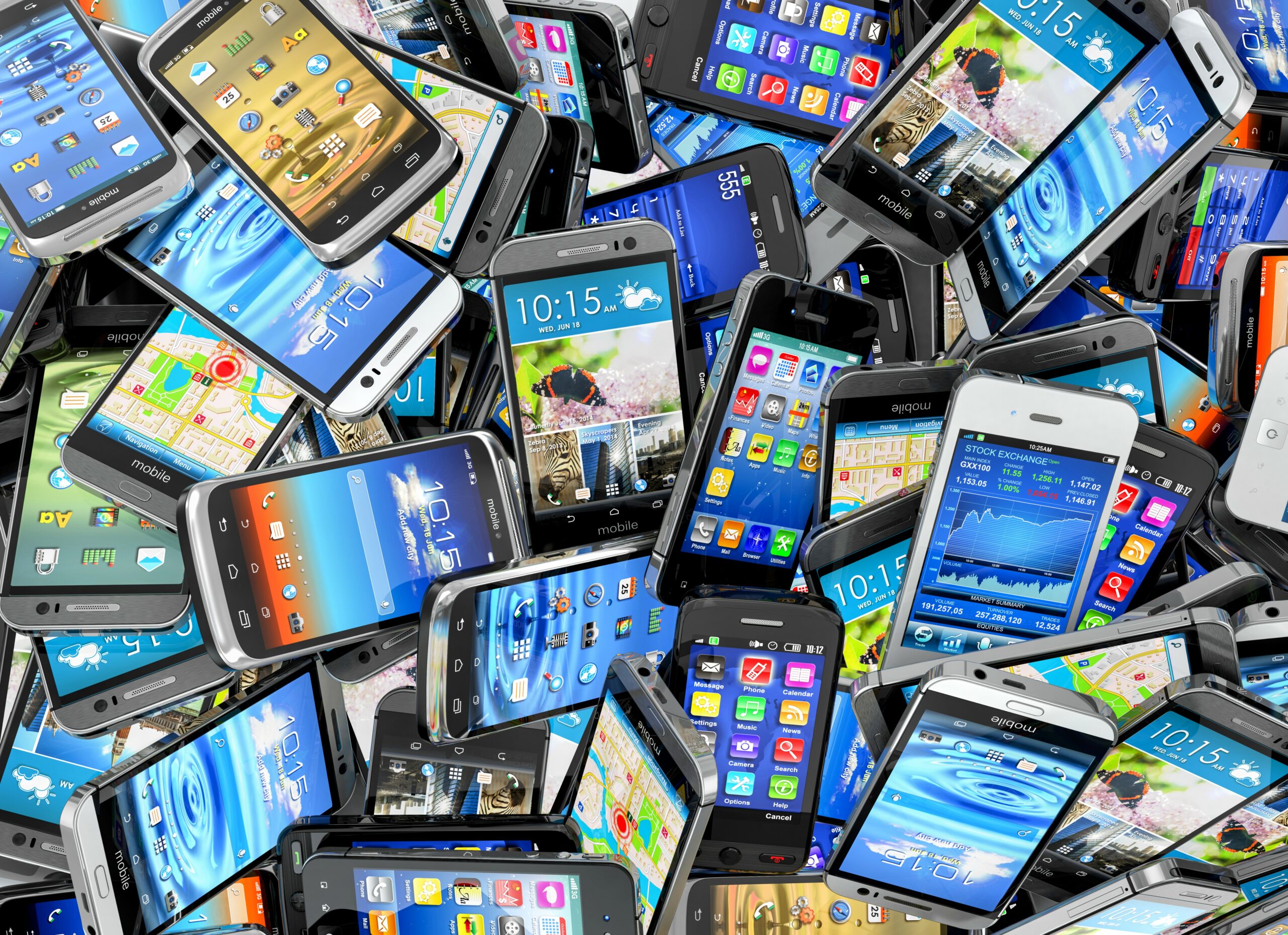
This year's electronic waste outweighs the Great Wall of China
This year, a global pile of electronic waste was created that weighs an estimated 57.4 million metric tons. This is more than the weight of the Great Wall of China, the world’s heaviest man-made object.
The 2021 figure surpasses 2019’s electronic waste, which was estimated at 53.6 million metric tons, and is up 21 percent from the first year it was monitored in 2014. At this rate, it’s estimated that there will be 74 million metric tons of electronic waste by 2030.
The problem of increasing electronic waste is attributed to shorter product life, greater consumption of electronics and few repair options. In Europe, an average household has 72 electronics – 11 of which are not used or broken. In the United States, it’s estimated that at least 151 million phones end up in landfills or incinerated, contributing 40 percent of the heavy metals found in landfills. Nations fail to meet goals on recycling electronics for many reasons.
Pascal Leroy is the Director General of the waste electronic and electrical equipment (WEEE) Forum. The organization has established October 14 as International E-Waste Day to raise awareness about the increasing need to recycle and reuse electronics.
“Many factors play a role in making the electrical and electronics sector resource efficient and circular. For example, our member producer responsibility organizations collected and secured responsible recycling of 2.8 Mt of e-waste in 2020,” said Leroy.
“But one thing stands out: as long as citizens don’t return their used, broken gear, sell it, or donate it, we will need to continue mining all-new materials causing great environmental damage.”
Dr. Ruediger Kuehr, Director of the SCYCLE Programme and Head of UNITAR’s Office in Bonn, emphasized the importance of recycling electronics.
“A ton of discarded mobile phones is richer in gold than a ton of gold ore,” said Dr. Kuehr. “Embedded in 1 million cell phones, for example, are 24 kg of gold, 16,000 kg of copper, 350 kg of silver, and 14 kg of palladium — resources that could be recovered and returned to the production cycle. And if we fail to recycle these materials, new supplies need to be mined, harming the environment.”
If social norms can be changed and recycling made more easily accessible, huge resources could be tapped to reduce destructive mining. As electronic consumption and technology continues to grow, this will become more and more important.
Last year, more than 120 organizations from 50 countries supported the third annual International e-Waste Day. This year, the WEEE Forum and other organizers invite all organizations involved in effective and responsible e-waste management to plan awareness raising activities. To learn more, go to www.internationalewasteday.com.
—
By Zach Fitzner, Earth.com Staff Writer













